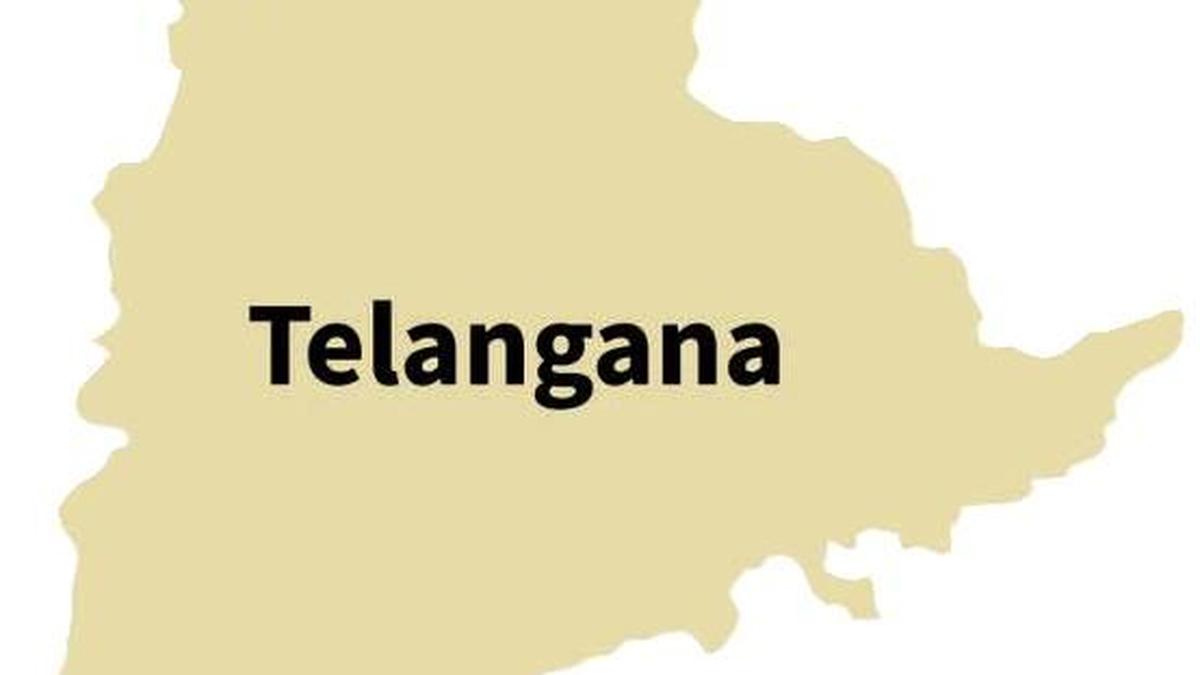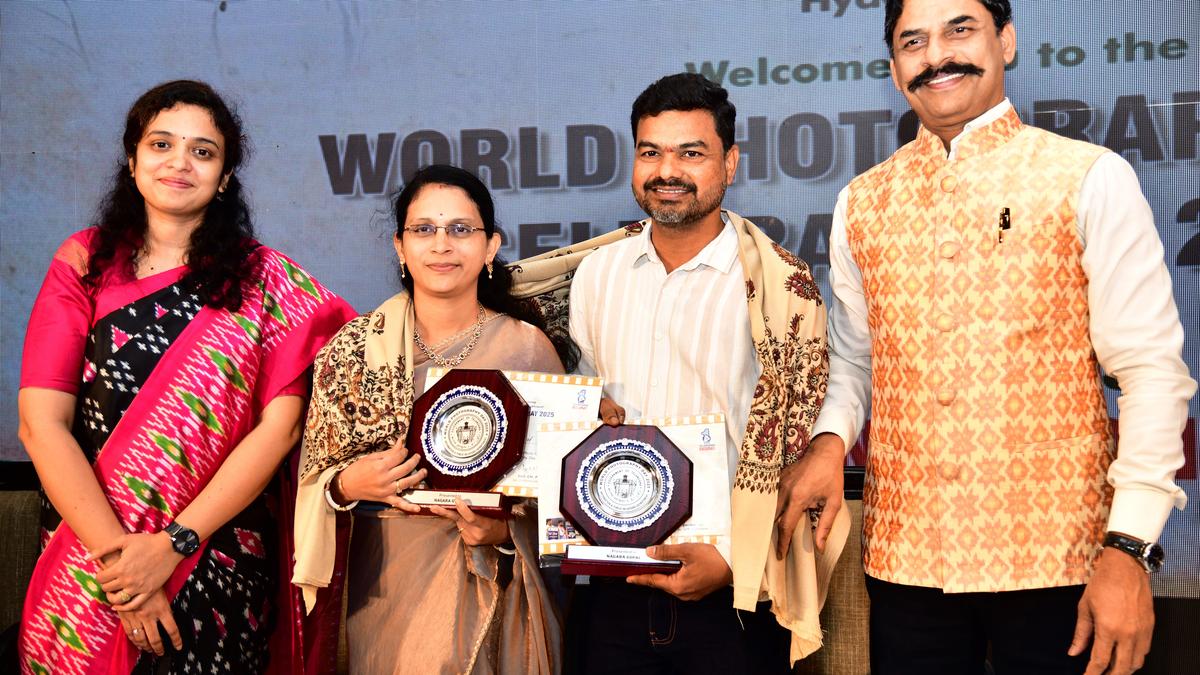Now Reading: Telangana Faces Urea Shortage Crisis
-
01
Telangana Faces Urea Shortage Crisis
Telangana Faces Urea Shortage Crisis

Rapid Summary
- Urea, a crucial soil nutrient, is in short supply in Telangana, forcing farmers to queue outside fertilizer shops.
- The crisis has become a political issue between the Central government and Telangana’s leaders; Congress, BJP, and Bharat Rashtra Samithi (BRS) blame each other for the situation.
- The Center allotted 9.8 lakh tonnes of urea to Telangana for the Kharif season but only 5.32 lakh tonnes were supplied till August 17-far below the promised allocation of 8.3 lakh tonnes for April-August.
- Agriculture Minister Tummala Nageswara Rao has criticized the Centre for not fulfilling quotas despite official communications requesting more urea.
- BJP’s state president N. Ramchander Rao accused Telangana of diverting supplies and black marketing while claiming that the Centre supplied an adequate amount.
- Other states (Madhya Pradesh, Rajasthan, Andhra Pradesh, Karnataka) are reported to be facing similar shortages due to increased soil nutrient consumption and export restrictions from China.
- Domestic urea production challenges worsened due to technical problems at Ramagundam Fertilizers & Chemicals plant in Telangana-a major supplier with 12.7 lakh tonne annual capacity-which was shut down for 78 days this year.
- Nano urea production remains underdeveloped; farmers have not widely adopted it due to higher costs.
- China’s recent easing of export restrictions offers hope for relief during Rabi season but not during Kharif cultivation.
Indian Opinion Analysis
The urea shortage in Telangana highlights broader structural issues within India’s agricultural supply chain management-particularly dependence on imports combined with domestic production inefficiencies. While political blame-shifting dominates public discourse on this issue-as evident from statements by both state and central representatives-the root causes are tied directly to logistical constraints such as insufficient indigenous production capacity at facilities like Ramagundam Fertilizers & Chemicals.
Another key factor is India’s heavy reliance on imported raw materials amid rising global trade restrictions framed by national interests elsewhere (e.g., China). Long-term strategies like scaling up nano urea production or promoting sustainable alternatives must move from ideation into actionable implementation given projected demand growth over coming years.
For farmers currently affected during Kharif season-not just in Telangana but across multiple states-it remains critical that local authorities work closely with central bodies rather than engage primarily in partisan debates that delay practical solutions.
Read More: [Insert Source Link Here]























